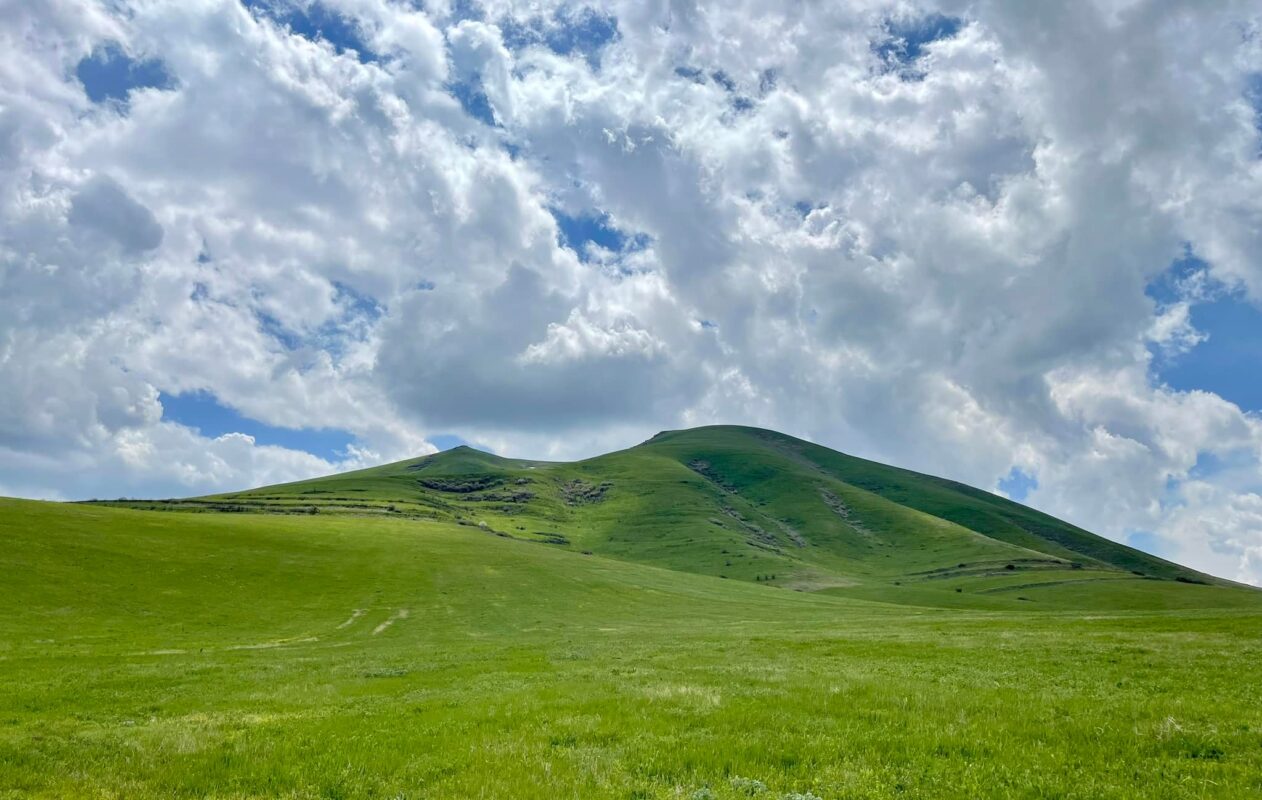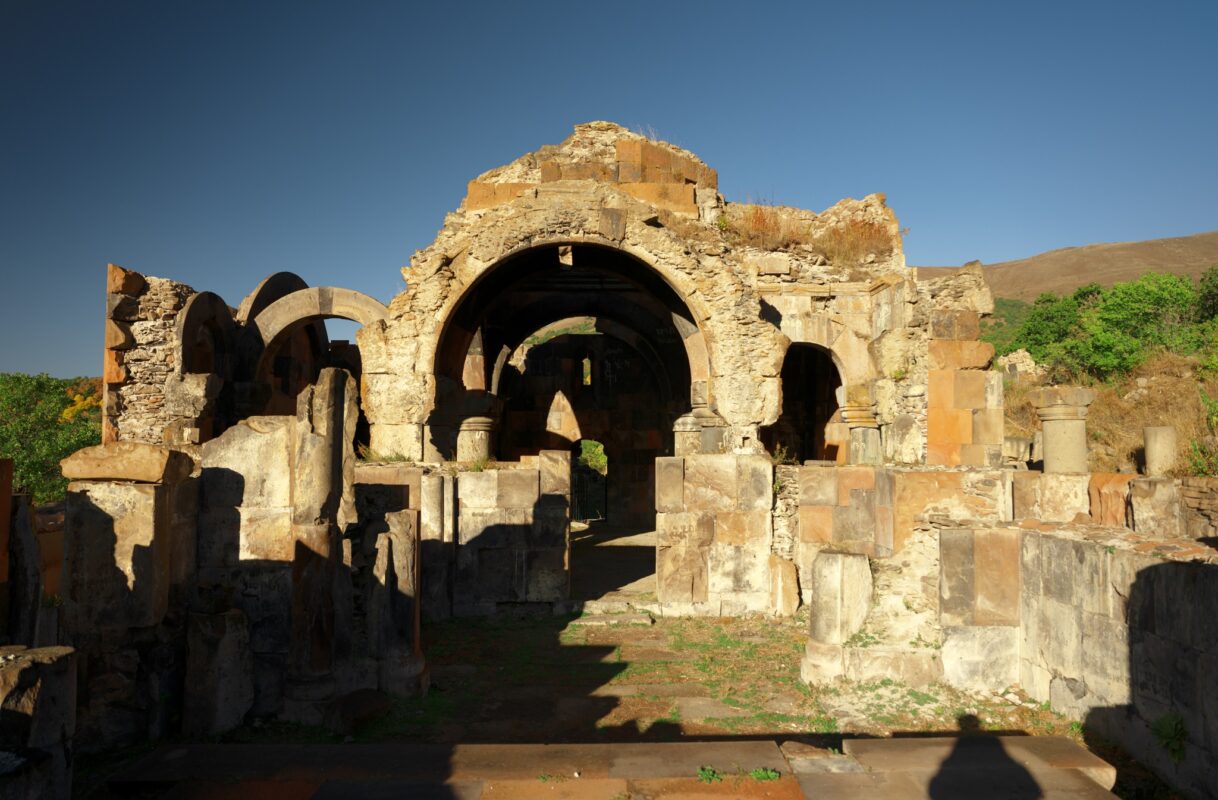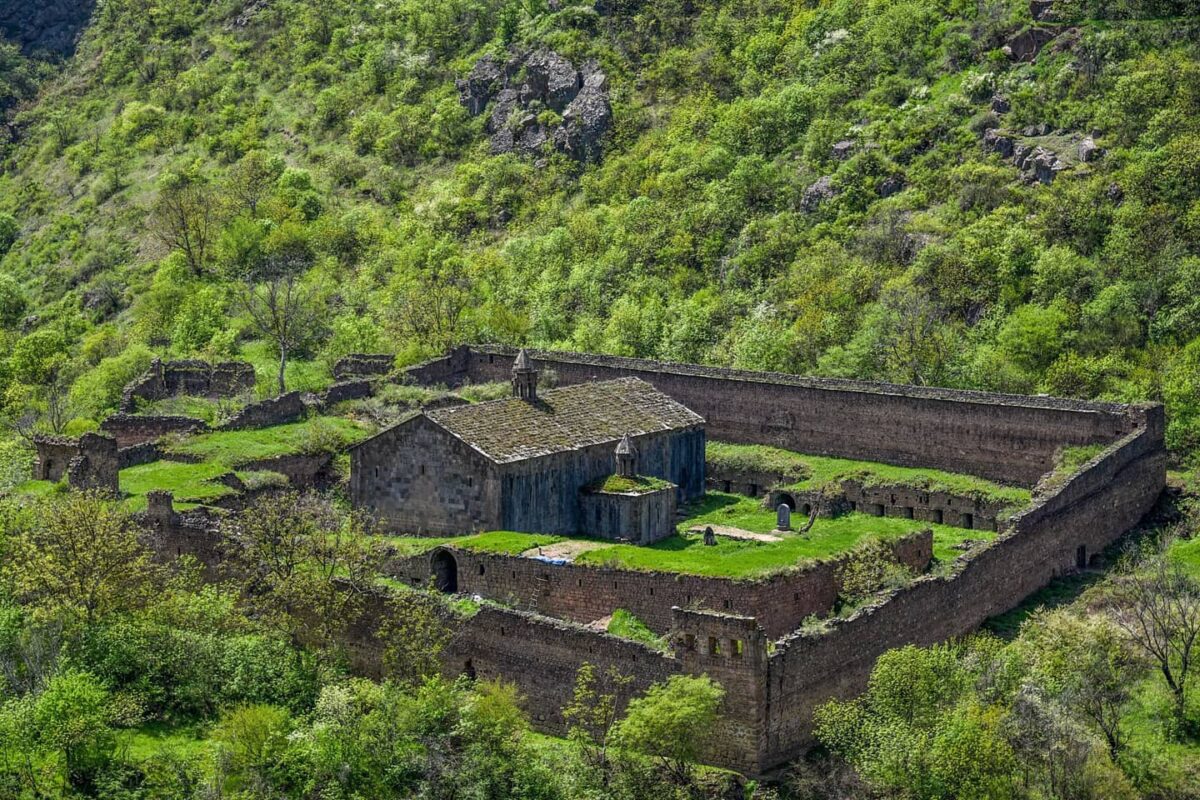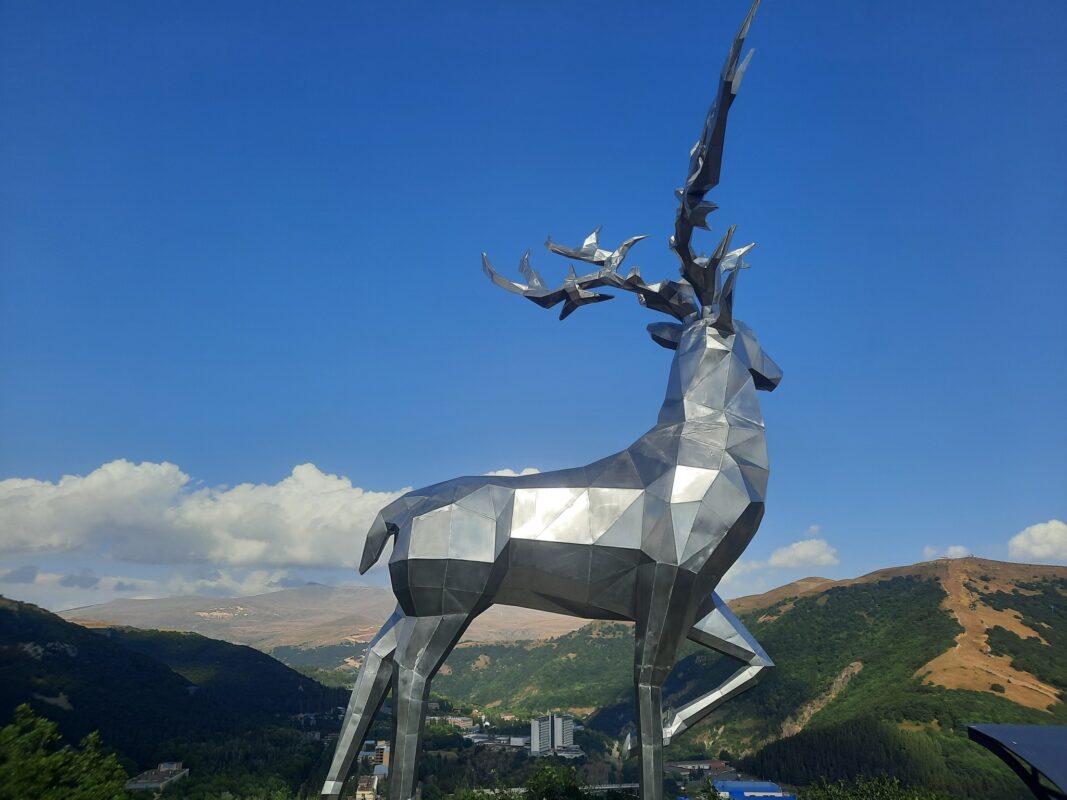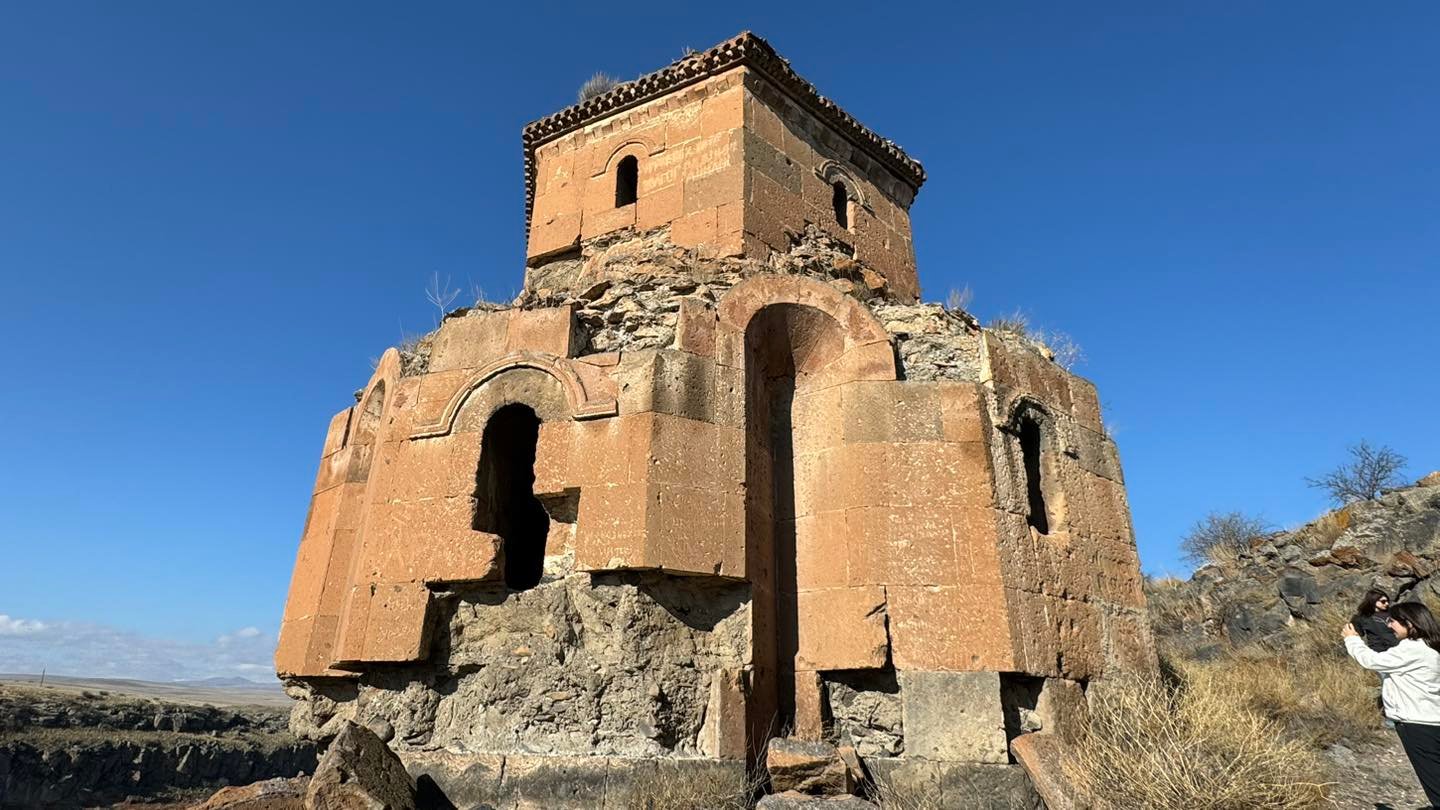Latest Listings
Related Listings
Close To You
Grigorashen Church
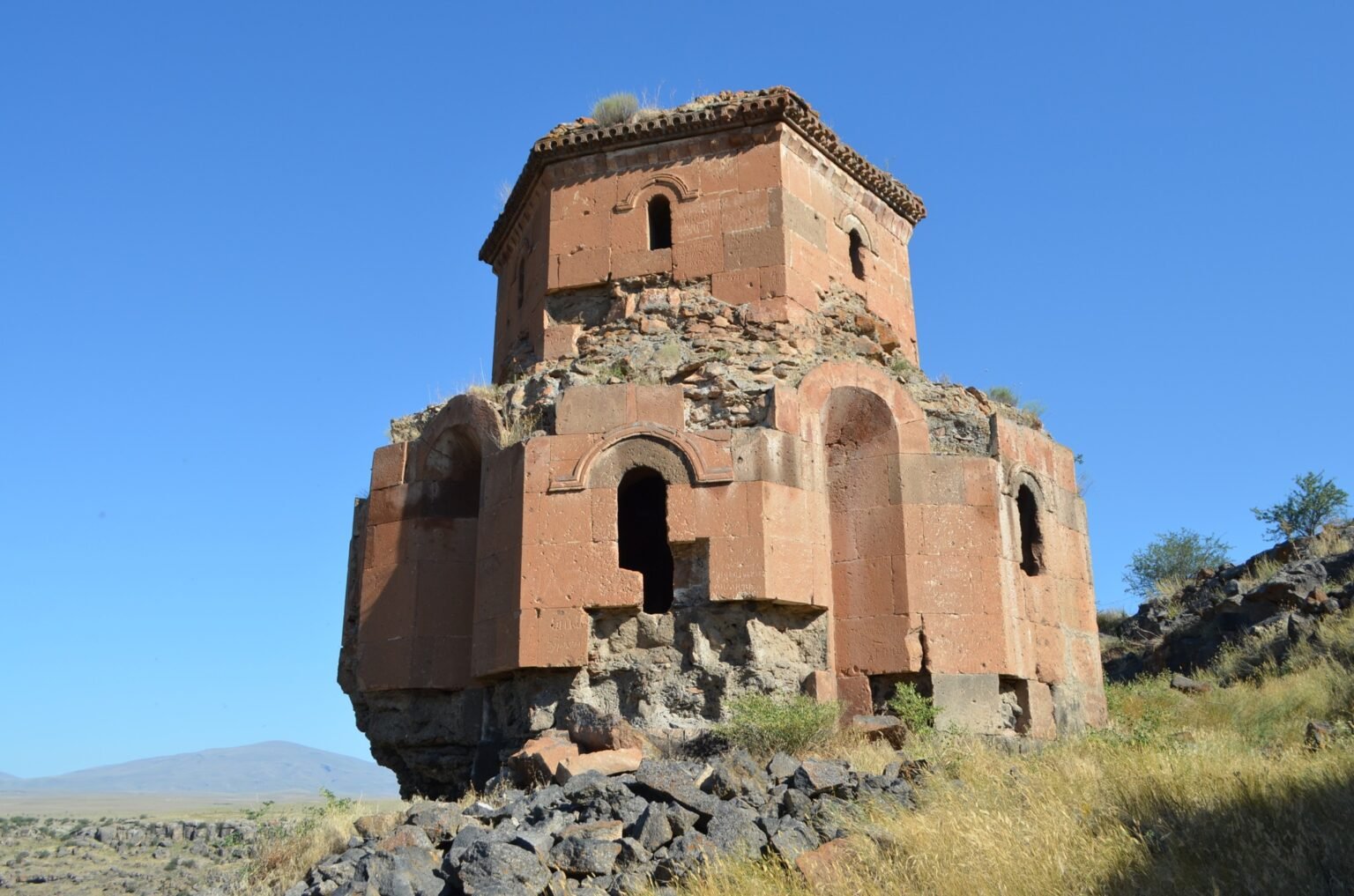
Church
1100 m
Cultural
Hard
INFORMATION FOR VISITORS
Location: Situated 5 km west of the village of Aragatsavan, Aragatsotn Province, on the left bank of the Akhuryan River gorge.
Coordinates: 40°26'45" N, 44°11'30" E.
Period: 7th century
Other Names: Holy Trinity Church, Karmir Vank
OVERVIEW
The Holy Trinity (Grigorashen) Church is an exceptional example of Armenian architecture, built in the 7th century and belonging to the series of multi-apse, domed churches. It is one of only two six-apse churches in Armenia that remain standing today (the other being Shushanik Vank in Bagaran, 9th century). Constructed from yellow-reddish finely hewn tuff stone, it reflects the essential elements of Armenian architecture from the 4th to 7th centuries. Historical records suggest that the church not only served as a place of worship but also functioned as a center of spiritual unity and cultural development for the local community.
ARCHITECTURAL FEATURES
Despite its relatively small size, the church stands out for its rich carvings and unique structural design. Above the northern window of the drum, the name of the architect—Grigor—is inscribed, which led to the church being called Grigorashen.
Materials and Structure: The church is built of local tuff stone, combining reddish and grayish hues, and has a rectangular-cross domed design.
Dome and Vaults: The dome is covered with tiles, features two-tier cornices, and has a semi-spherical shape resting on trompes. The vaulted ceilings blend harmoniously with the overall structure.
Wall Thickness: The walls exceed 1 meter in thickness, ensuring the durability of the structure.
Entrance and Niches: The western entrance is designed with a triangular pediment and pilasters, characteristic of 5th-6th century Armenian architecture. The exterior walls feature triangular and arched quadrangular niches, while window frames are decorated with linear arches.
Decorative Elements: The arches around the entrance and windows include khachkars (cross-stones) and geometric ornaments. A notable carved cross scene is positioned above the southern entrance. Inside the temple, fragments of ancient frescoes have been preserved, demonstrating the elegance of Armenian Christian art.
PRESERVATION AND RESTORATION
Despite its centuries-old existence, Grigorashen Church has largely retained its original structural and artistic characteristics. In the 20th century, restoration efforts were undertaken to reinforce the stonework and improve the surrounding area.
LOCAL TRADITIONS AND CULTURE
Armenian churches were often accompanied by sacred springs, serving as both a primary water source and a place of purification and blessing. Near Grigorashen Church, there is such a spring, which locals believe to have healing properties.
Nestled deep within a dense forest, the church is difficult to find without the help of locals or a guide, which adds to its mystical atmosphere and minimizes human impact on the site. This place is ideal for those who enjoy discovering ancient hidden treasures in nature.
Facilities
Nearby
The highest mountain in Armenia, Aragats features four peaks and the picturesque Kari Lake on its slopes. It is a perfect destination for hiking, offering stunning views and access to ancient sanctuaries and fortresses.
A remarkable example of early Armenian ecclesiastical architecture, built in the 7th century. It is distinguished by its monumental scale, austere architectural style, and historical significance.
A breathtaking location featuring deep valleys, dramatic cliffs, and rich vegetation. The gorge is ideal for nature lovers and photographers, offering a blend of serenity and adventure.
A 7th-century fortress perched on the slopes of Mount Aragats, featuring a medieval church, fortification walls, and partially preserved structures.
A 13th-century monastic complex situated on the edge of the Kasagh River gorge. It is renowned for its artistic khachkars, medieval scriptorium, and tranquil spiritual atmosphere.

